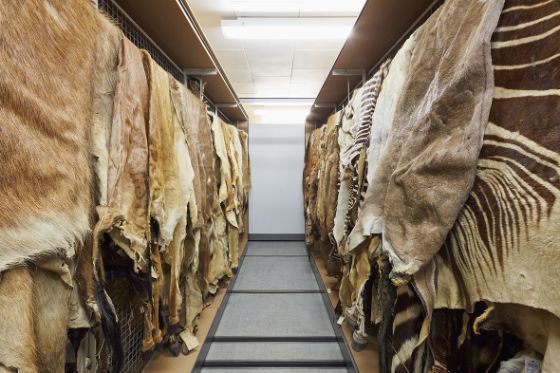
ANATOMICAL COLLECTIONS
The first foundations of the anthropological collection were laid back in the 19th century by prominent researchers such as Wilhelm His, Ludwig Rütimeyer and Julius Kollmann. This collection was primarily used for anatomy comparison purposes.
Natural scientists and anatomists such as His, Rütimeyer and Kollmann were interested in the shape diversity of the human skeleton. They were particularly interested in the skull being the bearer of an individual's personality. The aim was to describe the appearance and particular characteristics of all of the world's population groups. Later, this natural science approach was twisted by a discriminatory body of thought and the ruler mentality of the national socialists. The term human race became a taboo word – nowadays, anthropologists speak of populations.
The Basel researchers were interested very early on in plastic facial reconstructions, which were carried out based on the skull. His, together with Leipzig-born sculptor Carl Seffner, created the first facial reconstruction of Johann Sebastian Bach. Kollmann, for his part, was responsible for reconstructing the famous 'Auvernier woman'.
